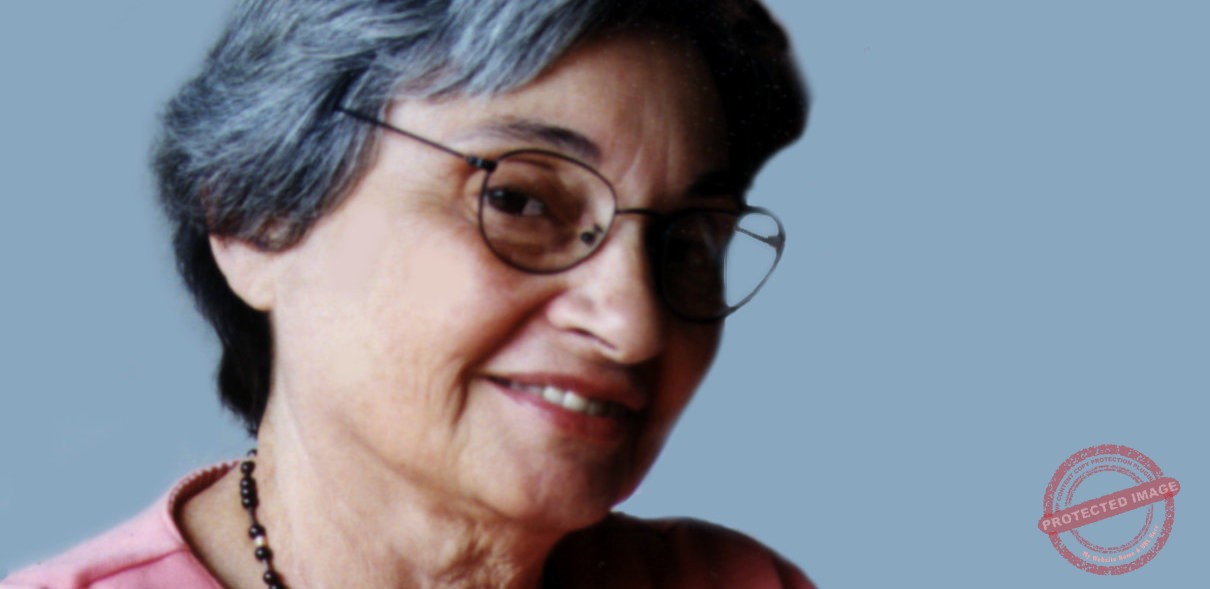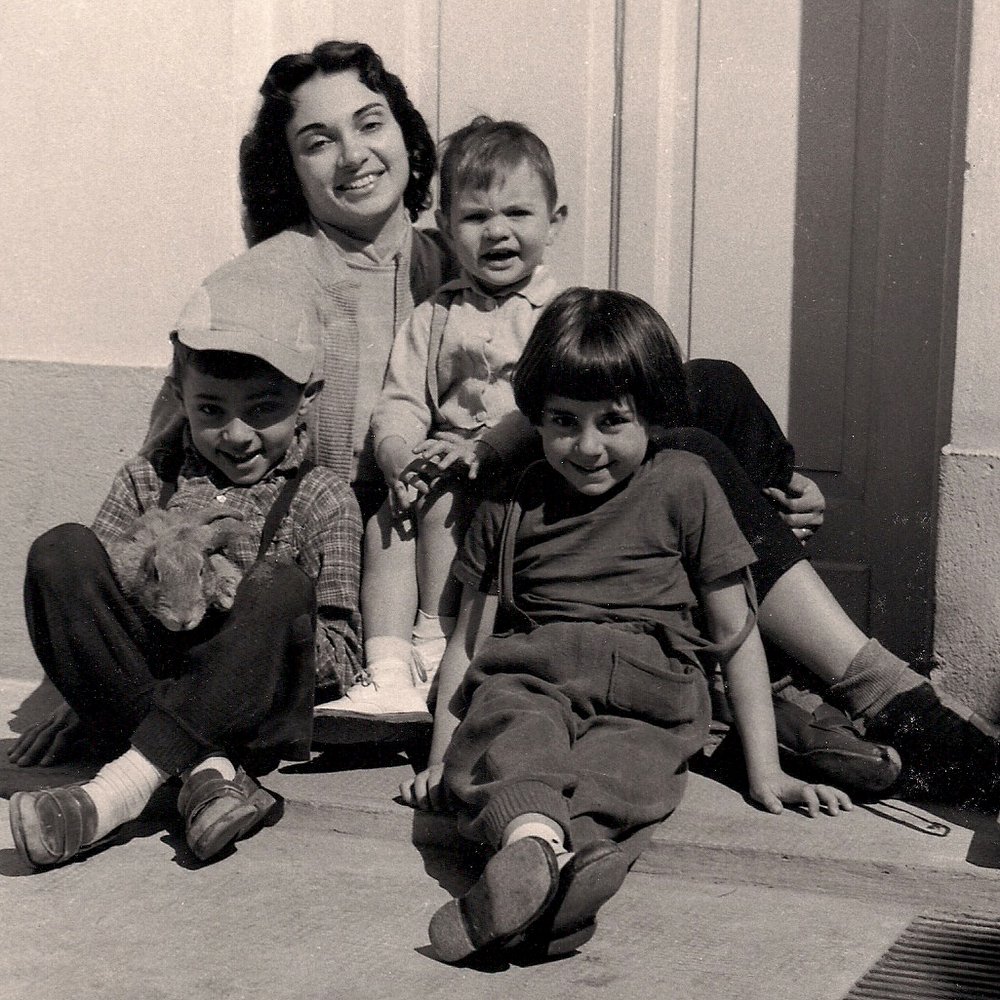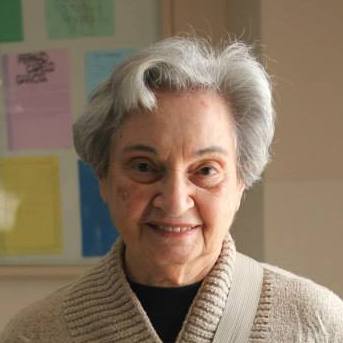[print-me target="body"]
Grandmother's conversation with my granddaughter Talita, about palindromy.
– Hmm… What is that? Diction exercise?
by Ruth Salles
– It could even be, because it looks like it. But it is not. It's just the title of chapter 9 of the book “They woke me up at dawn”, by the Mathematics teacher and Arab storyteller named Malba Tahan. In this book, he recalls his days as a boarding student at the “Gymnasio Nacional”, in Rio, and the night the director, in 1910, woke the students up so they could see Halley's comet. – And what does this have to do with that? “Eve bake this bird”
– “That” is just a palindromic phrase.
– Palindroque?!
- So it is. Tough word, this one. It comes from palindromy, which is of Greek origin. Palin – again; dromos – race. That is, “run again” or “go back the same way”. Try reading that sentence backwards. It's the same thing!
– And isn't it?! But so what? Why is that the title of that chapter?
– Because, in this chapter, uncle Júlio (oops, sorry, I forgot to say that Malba Tahan happened to be my uncle, my mother's brother, and his name was Júlio César de Mello e Souza. ”, as they used to say, those “painting mugs”. How do you say it today? , which at the request of a student explains what palindromy is. He cites a number of palindromic words, such as arara, adida, ovo, mirim (of Tupi origin), as well as palindromic verb tenses, summos, summos, sumamos, medem, sao, mamam, mexem, reler, supus. He also cites the largest palindromic word discovered in Portuguese, which is the intensive superlative of the word omisso: omissíssimo. And the teacher still lists a few palindromic proper names, such as Ada, Nathan, Ana and remembers the name of one of the students in the class: Mem. The students collaborated discovering merits and slaps.
– Palindrome word is easy enough. But what about phrases like that in the title?
– Well, know that there is a portion: This is the mass / Skip the atlas / They wrote down the marathon / They gnawed on the biggest bone / Raul loves moonlight / Prayed for the miser… And Professor Silva Ramos created one with his own name: Add only the branches.
– What an incredible thing!
– And there are still imperfect palindromic phrases, because they require displacement of letters when read backwards, such as: Rome has me love / The mud in the suitcase / The tower of defeat / Libânio, the unskillful / Rita’s strip / They left , uncle Sá and the eight Marias. And another, very long one, which I learned from my granddaughter Marina: Help me, I got on the bus in Morocco!! But do you know how the class ended?
- How was it?
– A student stated that the multiplication 12 x 12 = 144 was a half palindromic account, not because it was equal backwards, but because, read in reverse, it formed another exact multiplication. Try it!
– 441 = 21 x 21. That's right!!
– And my uncle, after class, remembered his cousin Talita (syllabic palindrome, like fa-ro-fa, for example), and thought romantically: “When I tell her this, she will smile and show both dimples on your face. Oh, and Talita's dimples are also palindromes: they're graceful from left to right and beautiful from right to left. It’s a new palindromy that only lovers know about!” And so Malba Tahan closed the chapter of his book.
***







